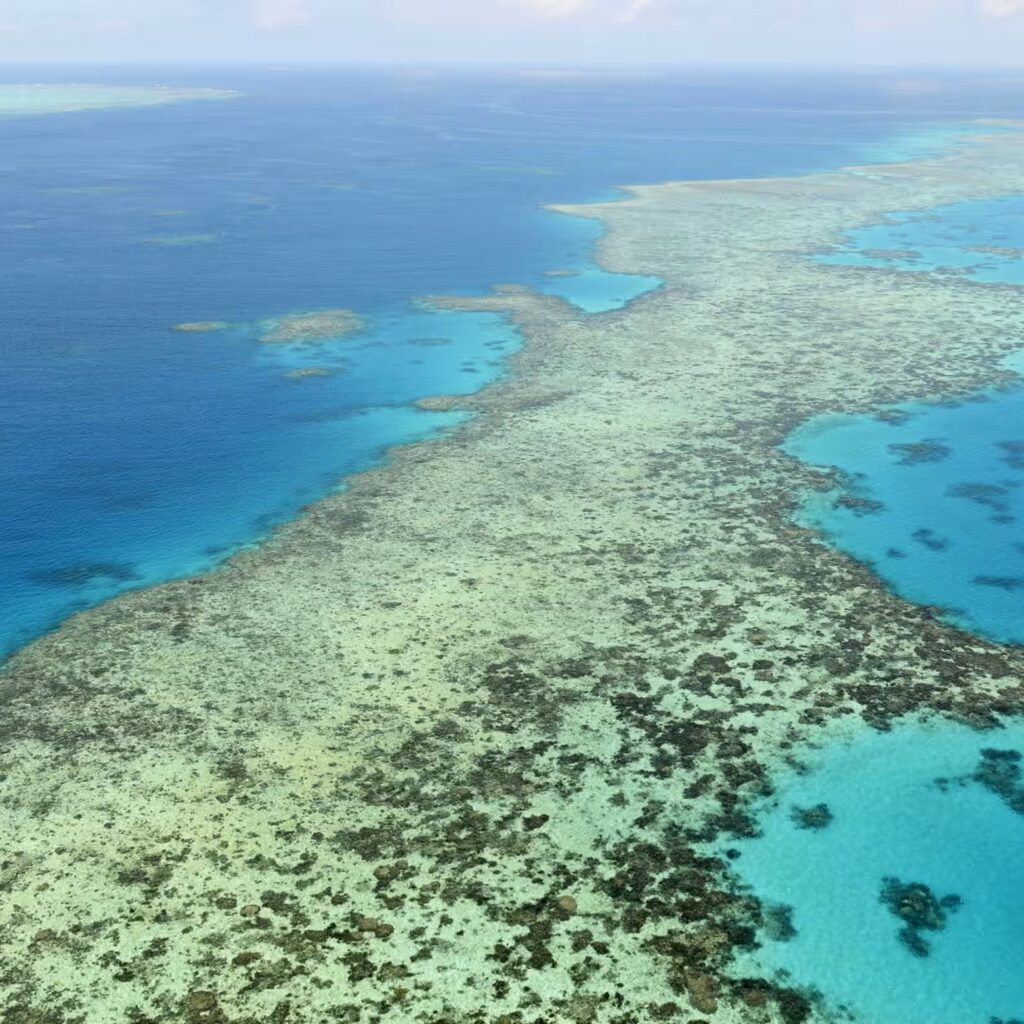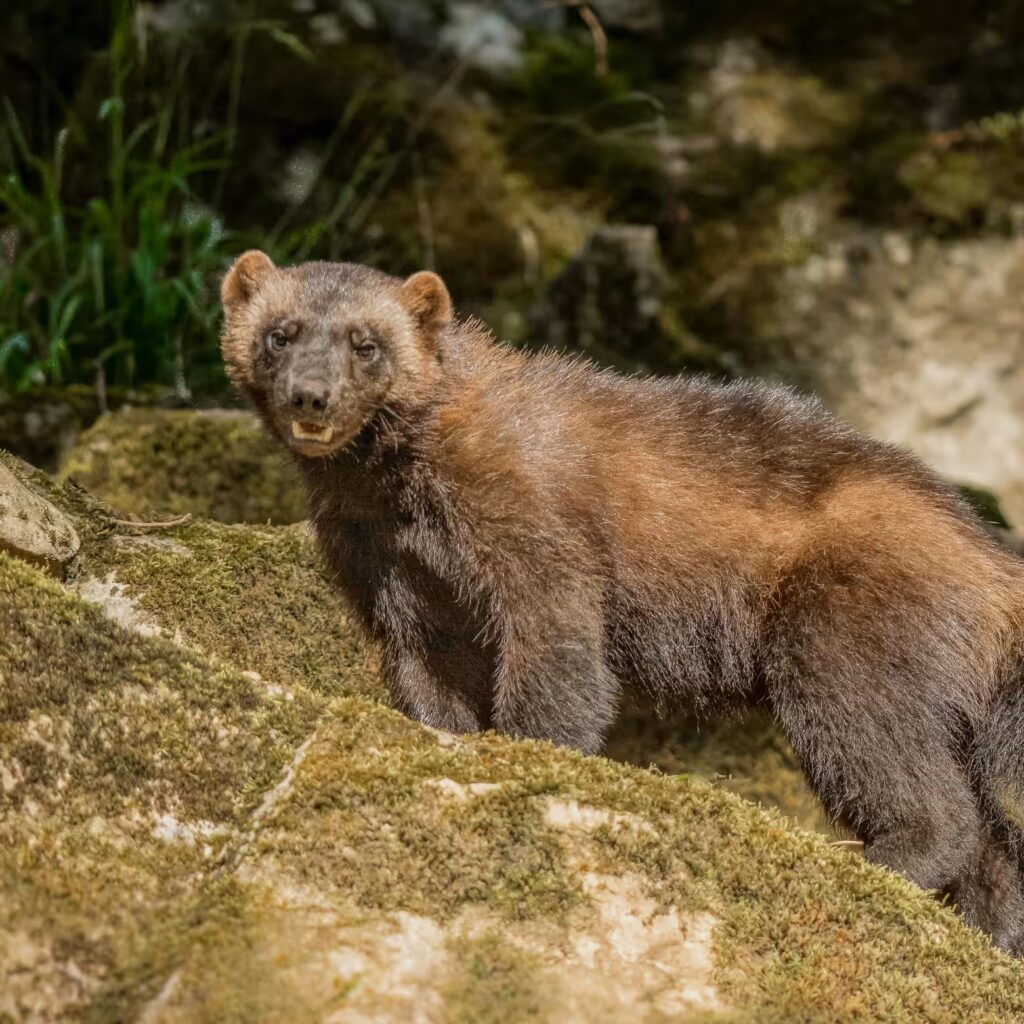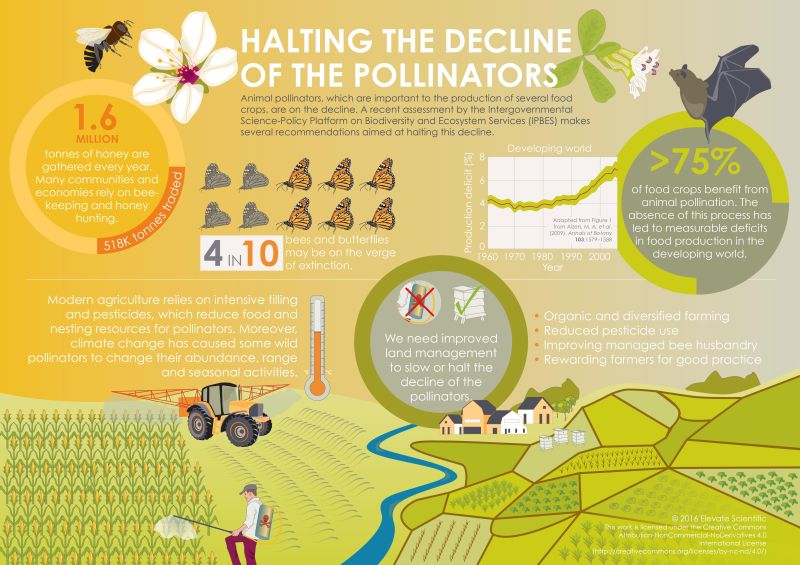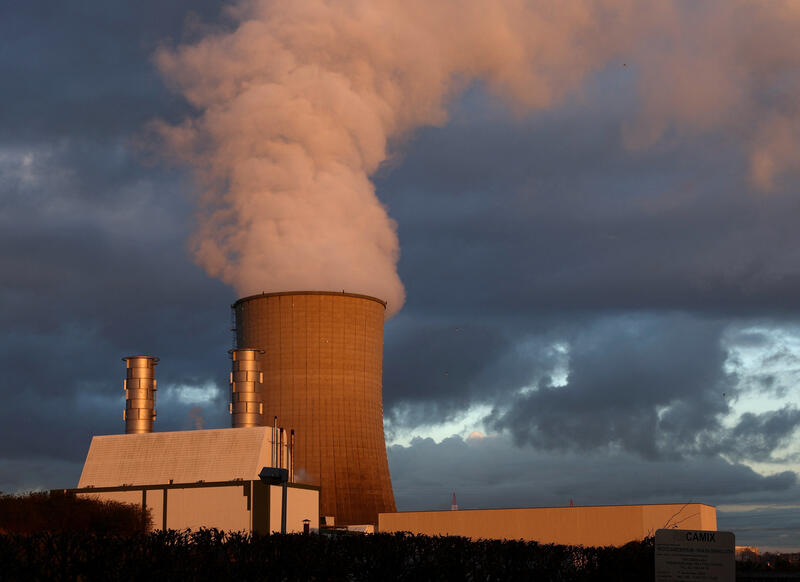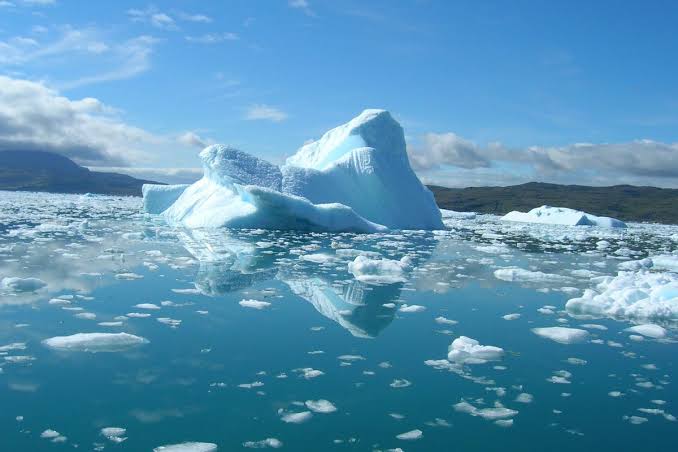
As we gaze upon this serene spectacle, a majestic iceberg stands majestically amidst the arctic expanse, its towering presence a silent testament to the grandeur of the natural world. These frozen giants, sculpted by time and the elements, float with a quiet grace on the calm, reflective waters, casting a spell of tranquil beauty in the vast wilderness of the north.
The iceberg’s vivid blue hues, enhanced by the purity of the surrounding water, showcase nature’s intricate artistry. Each surface, crevasse, and contour tells a story of its journey from ancient glaciers to the open sea, a journey that speaks to the heart of our planet’s enduring cycle of water and ice.
Yet, this striking image is more than just a portrait of stillness and peace; it is also a poignant symbol of the pressing environmental changes our world is undergoing. As the climate warms, these icy sentinels are reminders of the fragility of our planet’s polar regions and the widespread impact of rising global temperatures.
Through the lens, we capture not only the iceberg’s fleeting beauty but also a call to action. This tranquil scene challenges us to reflect on our role in the Earth’s climatic story and to act with intention and purpose to protect these pristine environments for future generations to behold.





